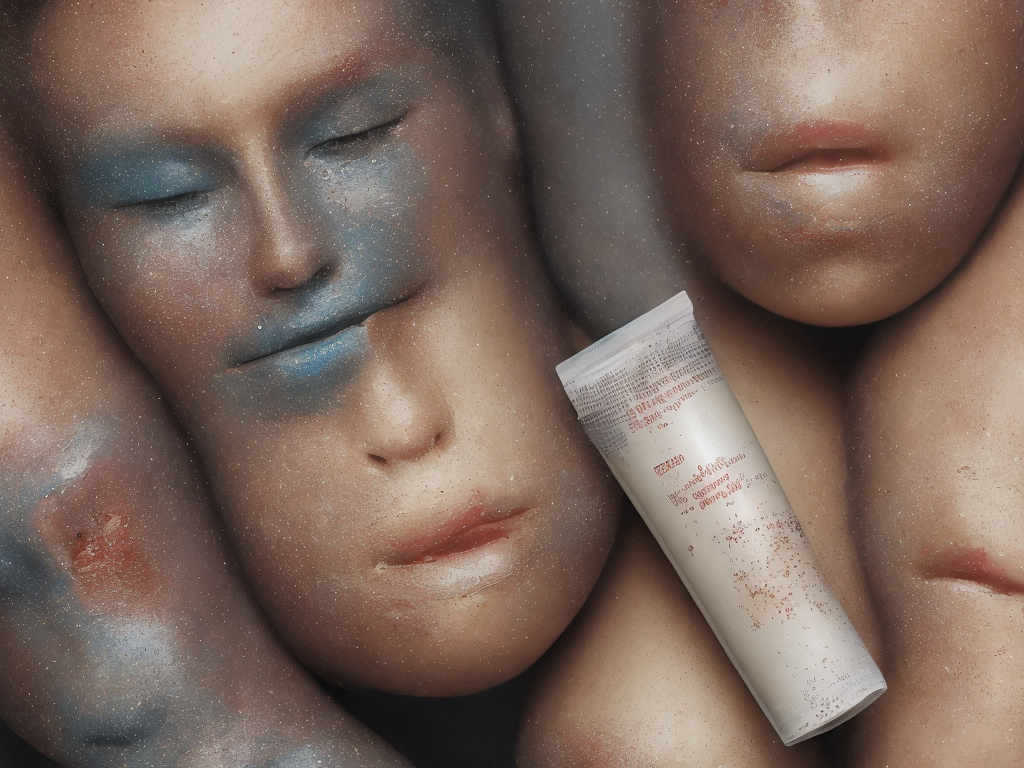
When choosing a topical medication for a skin condition, it’s important to know the difference between paste and ointment. Both pastes and ointments are semisolid substances applied to the skin to treat various skin conditions; however, they differ in their composition, consistency, and therapeutic properties.
Composition:
Pastes are composed of powders or grains mixed with a vehicle (a substance that delivers the medication to the skin) such as petrolatum or zinc oxide. They have a thicker consistency than ointments and are usually water-resistant. Additionally, pastes are typically designed to be sticky, to better adhere to the skin for prolonged contact time.
On the other hand, ointments are a blend of oil and water in which medication is dissolved or dispersed. They have a smooth and greasy texture due to the high oil content and are usually transparent, with a translucent appearance. Ointments are composed of different types of bases, such as petrolatum, lanolin, beeswax, or mineral oil.
Consistency:
The consistency of a paste and an ointment is quite different, and this is one of the main differences between the two. A paste is a thicker and less greasy substance than an ointment and is more difficult to spread. They are slower to absorb into the skin than ointments, but they form a protective layer on top of the skin, which may help protect the skin from irritants. Once applied to the skin, pastes will typically dry out and harden, making them less messy and easier to keep in place.
Ointments, on the other hand, have a smoother and greasier texture than a paste. They are easier to spread onto the skin and can penetrate into the skin more readily than pastes. This can lead to improved absorption and effectiveness of the medication. However, the oiliness of the ointment can make it more difficult to wear under clothing.
Therapeutic properties:
Both pastes and ointments have therapeutic effects on the skin. For example, pastes are commonly used in dermatology for acne, psoriasis, or eczema due to their drying effect on the skin and their ability to create a barrier on the skin's surface that helps to prevent water loss. When used in combination with other medications, pastes can act as an adhesive, keeping the medication in place and allowing it to penetrate the skin. This can be particularly useful when treating conditions such as skin ulcers or wounds.
Ointments, on the other hand, are preferred for more severe skin conditions, such as atopic dermatitis or other inflammatory skin conditions. Because ointments are more penetrating than pastes, they can deliver medication further into the skin and can provide longer-lasting relief. Ointments also retain more moisture than pastes, which can reduce skin dryness and irritation associated with certain conditions.
Application:
While both pastes and ointments can be applied topically to the skin, there are some differences in how each is applied. For example, pastes are often applied by dabbing them onto the affected area and then spreading them over the skin. This can be done with a clean finger or a spatula. Some paste formulations may require the use of a bandage to keep the paste in place.
Ointments, on the other hand, are often applied by gently massaging the ointment into the skin until it is absorbed. Because ointments are more slippery than pastes, they are easier to spread across the skin, but may take longer to absorb.
Conclusion:
While pastes and ointments may appear very similar, they have some significant differences in their composition, consistency, and therapeutic properties. These differences can influence which type of topical medication is best suited for certain skin conditions. Ultimately, the choice of whether to use a paste or ointment will depend on the severity of the skin condition, the medication being applied, and personal preference. It is important to talk to your healthcare provider or pharmacist to discuss the best option for you.
 Self-Instruct
Self-Instruct